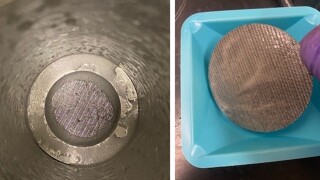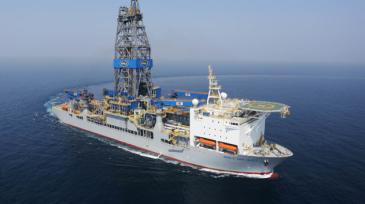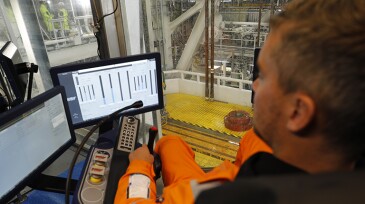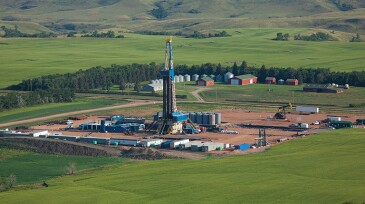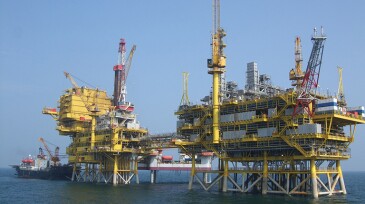Drilling
Geophysicist Markos Sourial discusses advances in seismic imaging, the challenges of modern data processing, and what they mean for the next wave of subsurface professionals.
This research aims to develop a fluid-advisory system that provides recommendations for optimal amounts of chemical additives needed to maintain desired fluid properties in various drilling-fluid systems.
This paper describes development of a high-temperature water-based reservoir drill-in fluid using a novel synthetic polymer and customized with optimal chemical concentrations and sized calcium carbonate.
-
The latest success for the ExxonMobil-led consortium is also adding drillships to support a 15-well campaign in the Stabroek Block.
-
“What is the drilling state” has become an important question among data scientists and automation experts. The simplest definition of a complicated concept is that it is what the driller is doing at the time.
-
Can a camera on the drill floor, or one on a mobile phone, measure what is going on during drilling or evaluate drill-bit wear more consistently than a human?
-
When Hess, Halliburton, and Nabors sat down to create a single plan to stream on the driller’s display, they needed to work out a lot of differences, including the definition of the word "activity."
-
SPYDR, MetaRock team up with Pioneer Natural Resources for a pilot program in the Permian Basin to test real-time fluid monitoring.
-
The two companies have agreed to team up so their most-valued drilling-automation programs can be used together easily. The relationship has shined a bright light on drilling automation.
-
Offline cementing was used to develop a marginal field in Malaysia. The development was made possible through distinctive wellhead technology and good operational planning.
-
Whether considering the customization of drilling approaches in Middle Eastern carbonate reservoirs, implementing a collaborative work flow in tackling high-tortuosity wells offshore Western Australia, or researching the ability of a fibrous material to effect hole cleaning as opposed to polymeric sweeps, the authors of these papers understand that technical expertise…
-
Effective use of downhole dynamics and mechanical specific energy data played a critical role in delivering a well that was the longest in the Middle East, and the fourth-longest globally, at the time of writing.
-
This paper describes the path to implementation of full casing rotation during primary cementing jobs.



